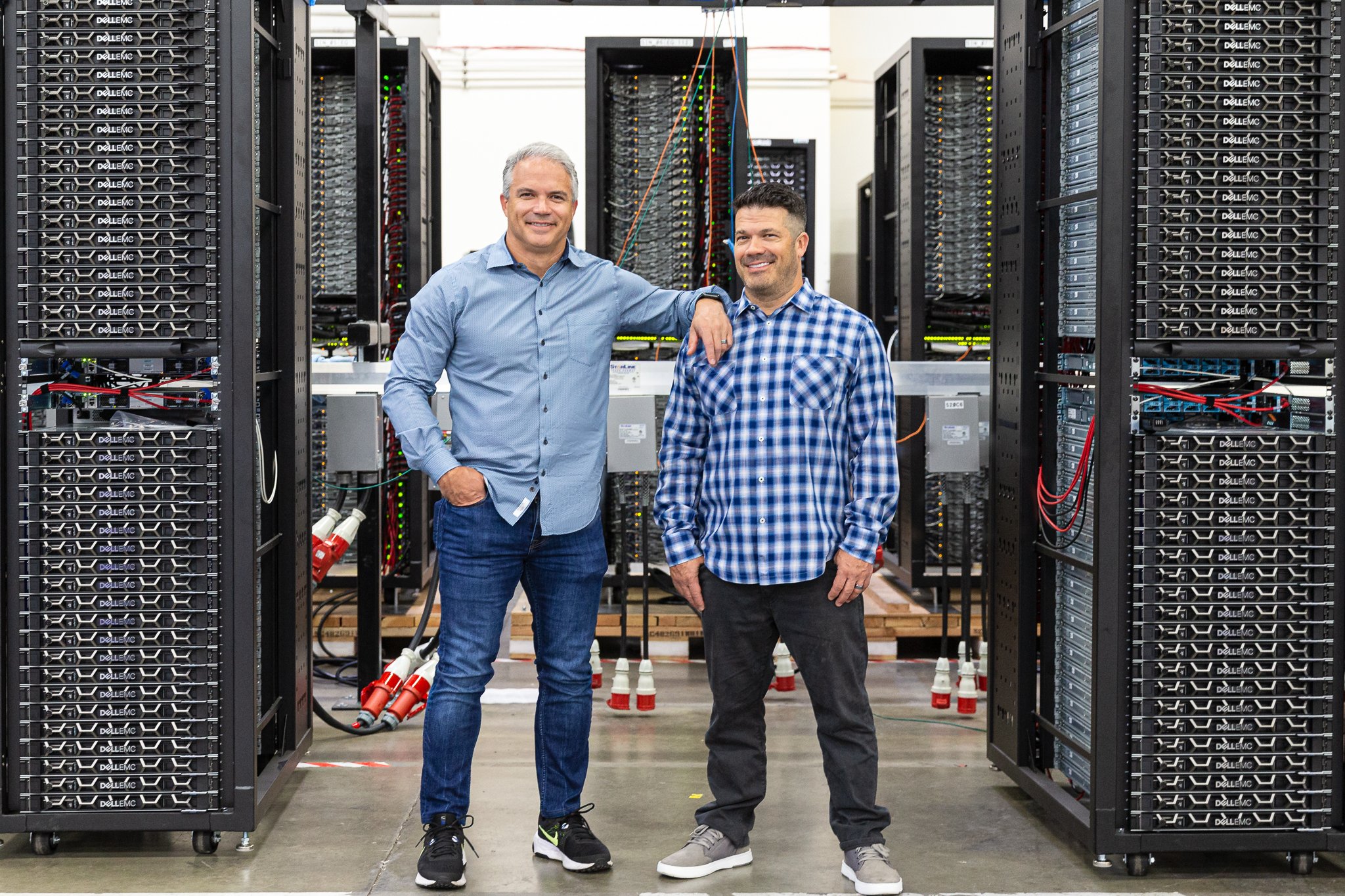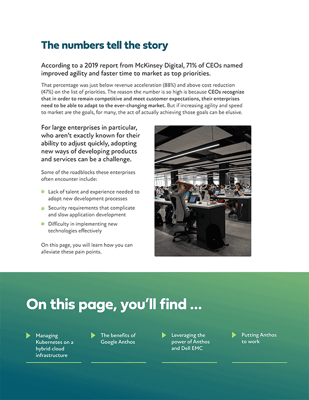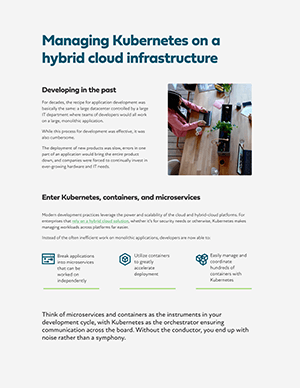First, you crawl, then you walk, then you run.
This should be a mantra for every organization looking to adopt new technologies—especially when it comes to cloud-native adoption.
Doing too much too quickly, after all, is often a recipe for failure. Jumping into a major change like cloud adoption risks wasting resources, frustrating your teams, and grinding your operations to a halt.
 |
Read Now:
|
So how do you follow the adoption mantra? The key is to enter the process with a very clear roadmap. And that roadmap needs to begin with assessment of your organization’s technical maturity.
We’ve written extensively about how you can assess your own organization’s overall technical maturity—we’ve even released an entire eBook on the subject—so for this post we’ll focus on some of the specific questions you should ask as you chart out your path to cloud native.
Question 1: What does cloud native mean to you?

While it’s often used as a blanket term, moving to cloud native can in fact mean different things to different segments of an organization.
Adopting cloud native development, for example, is entirely different than migrating to cloud native architecture or infrastructure. The end goal may be the same, but the actual process of going cloud native requires unique considerations depending on the department. Considerations such as:
- Previous investments in software/architecture/infrastructure and whether those investments can be salvaged after the move to cloud native
- Cross-organization dependencies that require organized migrations to cloud-native technologies
- Solutions that an organization has been leveraging for specific workloads and which of those solutions can continue to be leveraged in a cloud native environment
Question 2: Is everyone on board?

While many pushes for cloud native adoption come down from CIOs or above, the end result is felt by every department.
That’s why it’s critical for every stakeholder within an organization to be on the same page—not just to adopt a cloud native approach, but for the roadmap to get there.
This again is where a technical maturity assessment is important, since a big part of that assessment will be creating an understanding of how your organization will benefit from cloud native adoption.
Question 3: What goals are you trying to achieve from being cloud native?
Hand in hand with having everyone on the same page about moving to cloud native is agreeing upon, and understanding, the goals you are trying to achieve—whether it’s accelerating your development, providing better products and service to customers, gaining flexibility in how you handle workloads, or all three.
Without knowing what you are trying to achieve, you risk throwing resources away as you embark upon your cloud native adoption.
No matter which way you think cloud-native adoption can improve your organization, the Redapt team is here to help you develop a clear and achievable roadmap built upon best practices from skilled engineers.
Learn more about a containerized approach to modernizing your legacy systems by reading our free guide, The Recipe for Deploying Managed Kubernetes On-Premises.


















